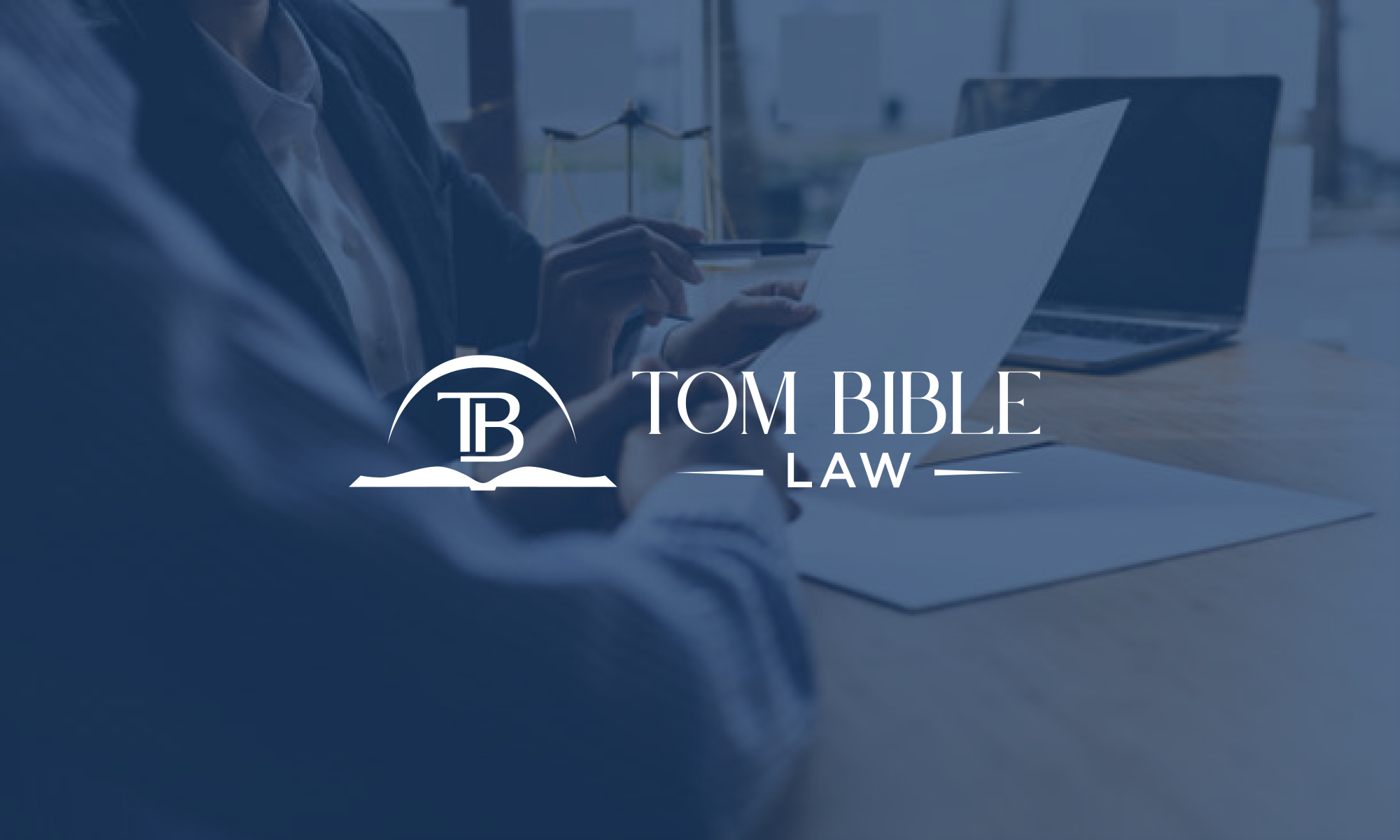In times of financial hardship, individuals and businesses may find themselves considering bankruptcy as a solution to overwhelming debt. However, the bankruptcy process can be complex, and understanding the differences between the Various Chapters is crucial in determining the most suitable path forward. In this post, we explore the key distinctions between Chapter 7, Chapter 13, Chapter 11, and Chapter 12 bankruptcy.
Chapter 7 Bankruptcy:
Chapter 7 bankruptcy, also known as “liquidation bankruptcy,” is the most common form of bankruptcy filed by individuals. It involves the liquidation of non-exempt assets to repay creditors, after which most remaining debts are discharged. Chapter 7 bankruptcy is typically suitable for individuals with limited income and few assets. It provides a relatively quick resolution, with the discharge of debts generally occurring within a few months of filing.
Chapter 13 Bankruptcy:
Chapter 13 Bankruptcy, also referred to as “reorganization bankruptcy,” is designed for those with a consistent income who wish to repay their debts over time. Unlike Chapter 7, Chapter 13 does not involve liquidation of assets. Instead, debtors create a repayment plan spanning three to five years, during which they make regular payments to a trustee who distributes funds to creditors. Chapter 13 allows debtors to retain their assets while restructuring their debts, making it an attractive option for those with valuable assets they wish to protect.
Chapter 11 Bankruptcy:
Chapter 11 bankruptcy typically applies to businesses wishing to Reorganize Their Debts while continuing operations. It allows businesses to develop a plan to repay creditors over time, renegotiate contracts, and restructure finances. Chapter 11 bankruptcy is also available to individuals with substantial debts that exceed the limits of Chapter 13. While Chapter 11 offers greater flexibility and control over the restructuring process, it is also more complex and expensive than other forms of bankruptcy.
Chapter 12 Bankruptcy:
Chapter 12 bankruptcy is specifically tailored to family farmers and fishermen facing financial difficulties. It allows qualifying debtors to develop a repayment plan based on their seasonal income and agricultural assets. Similar to Chapter 13, Chapter 12 involves creating a repayment plan spanning three to five years. However, it offers unique provisions designed to accommodate the unique financial challenges faced by family farmers and fishermen.
Choosing the Right Path:
Determining the most appropriate form of bankruptcy requires careful consideration of individual circumstances, including income, assets, debts, and long-term financial goals. Consulting with a qualified bankruptcy attorney is essential in assessing eligibility and navigating the complexities of the bankruptcy process. An experienced attorney can provide personalized guidance and help debtors understand their options, rights, and obligations under each chapter of bankruptcy.
Bankruptcy can offer a fresh start for individuals and businesses overwhelmed by debt, but it’s essential to understand the nuances of each chapter to make informed decisions. Whether pursuing Chapter 7, Chapter 13, Chapter 11, or Chapter 12 bankruptcy, seeking professional legal advice is crucial in achieving a successful outcome. By exploring the differences between these chapters and consulting with a knowledgeable attorney, debtors can take proactive steps toward regaining financial stability and securing a brighter future.
Contact Tom Bible Today
Facing financial challenges can be overwhelming. If you’re feeling the weight of financial stress, reach out to us at Tom Bible Law today by calling 423-874-6628. Our team of experienced bankruptcy attorneys in Tennessee are here to help. We offer consultations to assess your financial situation and explore potential solutions, including bankruptcy options. With offices in Chattanooga, Kingsport, and Tullahoma, we’re ready to assist you wherever you are in Tennessee.


